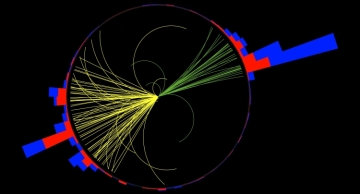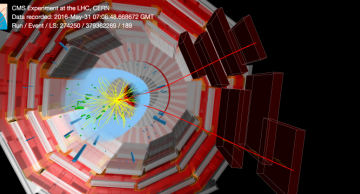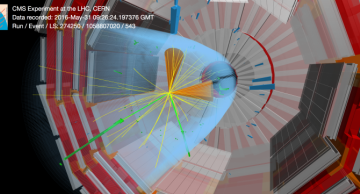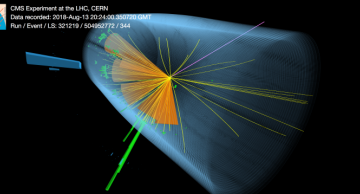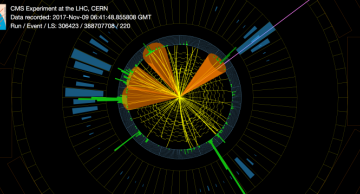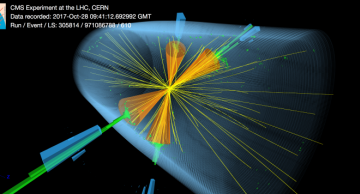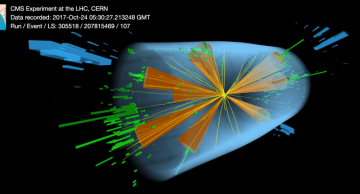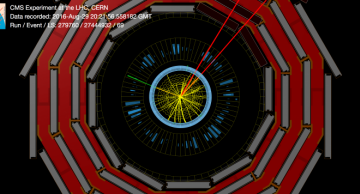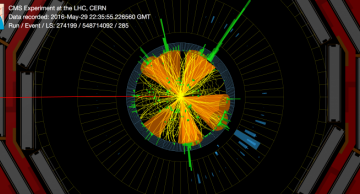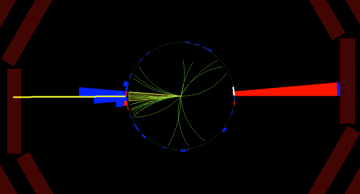New algorithms from the Compact Muon Solenoid experiment use the ideas used in mobile phone facial recognition to better understand the collisions at the Large Hadron Collider.
One of the most exciting challenges at the Large Hadron Collider is the…
News
|
fblekman |
Physics
The Bs meson is a bound state of a strange quark and a beauty antiquark – as such it possesses both beauty and strangeness! For many years, searches for an extremely rare decay of the Bs meson, to a μ+μ- pair, remained a holy grail…
|
fblekman |
Physics
The CMS collaboration has carried out for the first time a direct search for a Higgs boson decaying into charm quarks, a vital step in understanding the Higgs particle and the Standard Model.
The discovery of a Higgs boson by both the ATLAS and…
|
fblekman |
Physics
Not many people know that there is a boson-boson collider hiding in the proton-proton collisions of the Large Hadron Collider. The idea is that during rare occasions other particles such as the photon and gauge bosons W and Z are created by the…
|
Anonymous |
Physics
The CMS collaboration is presenting several new results at the 2019 European Society of Physics’s High-Energy Physics conference (EPS-HEP) taking place in Ghent, Belgium. The results cover a diverse assortment of topics and range from precision…
|
fblekman |
Physics
The CMS Collaboration has recently presented an updated search for new invisible particles. The technique capitalizes on the imbalance among the visible particles in a collision that such an object would induce. If dark matter is made of fundamental…
|
fblekman |
Physics
New physics may show up at the LHC in the form of yet unobserved particles which travel inside the detector before decaying, far from the point in space where they were produced. If these particles decay to photons, at CMS we can use the short but…
|
fblekman |
Physics
At the EPS-HEP conference this week the CMS collaboration presents new results of a powerful search that is motivated by a variety of new physics models that predict a signature of a bump in the production of the most frequently produced particles…
|
fblekman |
Physics
The CMS collaboration has recently released new results on how the top quark and Higgs boson interact, and this required a much deeper understanding of the production of top quarks together with bottom quarks.
The two heaviest known elementary…
|
fblekman |
Physics
The study of dark matter is one of the primary research topics at the CMS experiment. The standard model of particle physics describes the behavior of elementary particles with incredible accuracy but provides no explanation or possible particle…
|
fblekman |
Physics
Physicists at the CMS experiment are now very close to observing the simultaneous production of four top quarks (really two top quarks and two antitop quarks, but particle physicists describe this process as tttt) at the Large Hadron Collider for…
|
fblekman |
Physics
There is copious astrophysical and cosmological evidence for dark matter, but no indication of how it was produced, how it interacts with regular matter, or how it could fit into an inclusive model of particle physics. One possibility is that dark…

